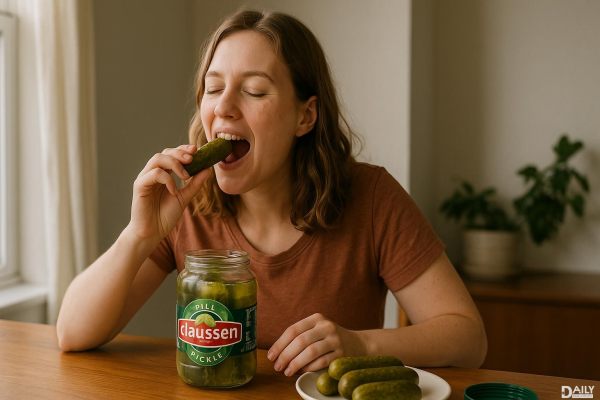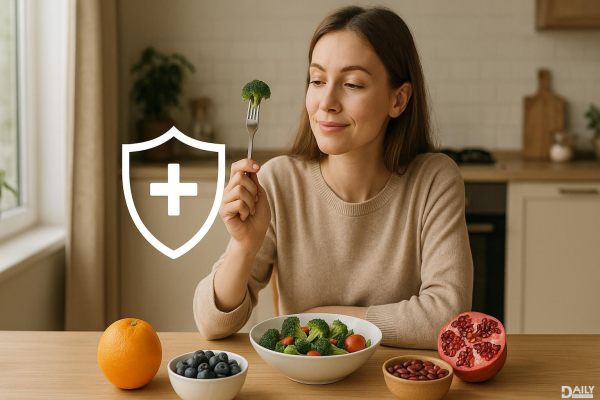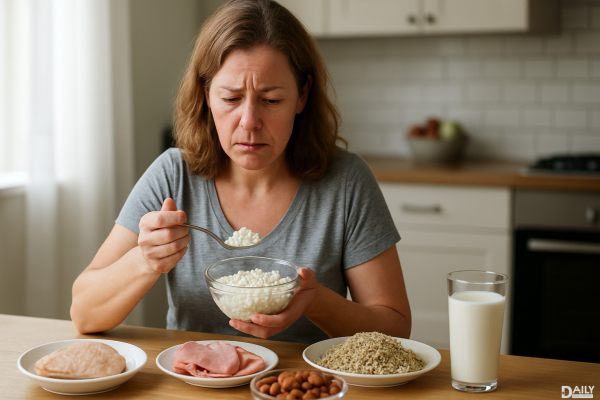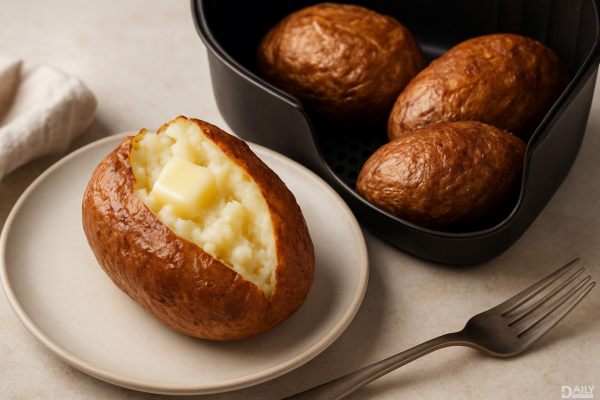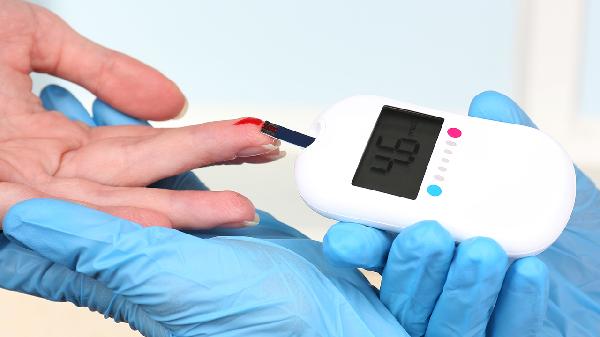Prime rib isn't raw—it's a perfectly cooked, melt-in-your-mouth masterpiece when prepared right. The confusion comes from its signature pink center, which might look underdone to steak newbies but is actually the hallmark of a properly cooked, juicy prime rib. This luxurious cut thrives at medium-rare temperatures where the fat renders into buttery goodness while keeping that iconic rosy hue.

That blush-colored center isn't a sign of rawness—it's food chemistry in action. Prime rib comes from the rib primal section where abundant marbling (those luscious white fat streaks) keeps the meat tender. At 130-135°F (the sweet spot for medium-rare), myoglobin—a protein in muscle tissue—turns pinkish-red. Unlike cheaper cuts that toughen up if not well-done, prime rib's generous fat content means it actually dries out if cooked beyond medium. Pro chefs use meat thermometers religiously because visual cues can deceive; even at perfect doneness, the outer crust develops a dark "bark" while the interior stays gloriously pink.
While dishes like steak tartare use truly raw beef, prime rib undergoes complete pathogen destruction through controlled cooking. The USDA confirms harmful bacteria die at 130°F after just 112 minutes—standard prime rib cooking times far exceed this. Sushi-grade fish gets flash-frozen to kill parasites, but beef parasites can't survive even rare temps. What makes prime rib safe isn't just heat duration though—its whole-muscle cut means bacteria stay on the surface (seared off during cooking) unlike ground beef where pathogens mix throughout.
Older generations often cooked roasts to shoe-leather consistency because: 1) They used leaner cuts needing longer cooking to tenderize, and 2) Fear of foodborne illness before modern refrigeration. Prime rib's luxury status comes from being the most marbled part of the ribeye—it's literally designed for gentler cooking. High-end steakhouses reverse-sear it (slow roast then quick broil) to maintain that pink gradient from edge to center. If your prime rib looks uniformly brown, someone committed a culinary crime by overcooking this prized cut.
Ever notice how steakhouse prime rib stays pinker than your home attempts? Chefs use three secret weapons: 1) Dry-aging (hanging meat for weeks to concentrate flavor and tenderize), 2) Salt crusts that regulate moisture loss, and 3) Precision resting—letting it sit 30+ minutes so juices redistribute evenly. Home cooks often skip the resting step, causing all the pink juices to flood the cutting board. Pro tip: Those au jus dipping sauces aren't just for flavor—they replenish surface moisture lost during carving.
While pink is normal, true rawness has telltale signs: 1) Cold, gelatinous fat (properly rendered fat should be warm and creamy), 2) No visible sear marks or crust formation, and 3) Rubber-like texture. If your prime rib's interior looks more purple than pink (indicating it never reached 125°F), politely ask for a do-over. Food safety aside, undercooked prime rib lacks that magical fat transformation where collagen turns silky rather than chewy.
Next time someone claims prime rib is raw, school them on the difference between culinary artistry and actual rawness. This regal cut proves sometimes the best flavors live in the pink zone—where science and succulence collide. Just remember: If it's served at a steakhouse with a $50+ price tag, that pink center isn't a mistake—it's the whole point.
